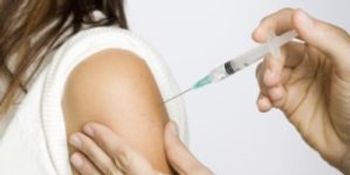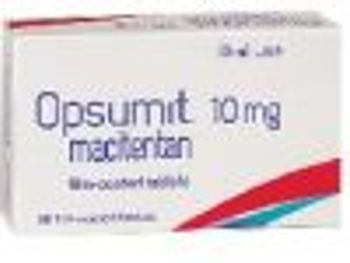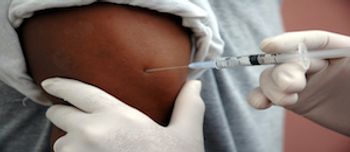
A metaanalysis shows that levels of an antioxidative endogenous metabolic byproduct-uric acid-are correlated with disease activity in multiple sclerosis.

A metaanalysis shows that levels of an antioxidative endogenous metabolic byproduct-uric acid-are correlated with disease activity in multiple sclerosis.

A new metaanalysis suggests that quitting smoking, or even reducing tobacco intake, reduces the risk of dying from prostate cancer.

Adding panobinostat to a combination treatment of bortezomib and dexamethasone in heavily pretreated patients boosts progression-free survival, but overall survival data are not yet mature.

In a recent phase III trial, a 3-medication regimen showed efficacy in reducing treatment-related nausea and vomiting in patients with multiple myeloma undergoing induction therapy before autologous stem cell transplant.

A combination of Lactobacillus plantarum and a modified inulin derivative reduced expression of T-cells in mammary cancers induced in rats.

A recent metaanalysis suggests that prediabetes increases the risk of developing certain cancers, particularly in tissues located near the gastrointestinal tract.

In many cases, children between the ages of 6 months and 8 years should receive 2 doses of the influenza vaccine separated by a minimum of 4 weeks.

Smoking may be especially harmful to patients with irritable bowel disease.

Researchers in Japan are beginning to construct patient-centered counseling techniques for breast cancer by evaluating patient preference.

One major challenge in breast cancer is determining which treatment will be most effective for an individual patient's tumor. With a genetic panel, the TAXSig system may help change that.

Pregnant women exhibit a more powerful immune response to influenza, but only half are currently vaccinated.


Alpha-2-macroglobulin may soon revolutionize the treatment of osteoarthritis.

In several countries, increases in the incidence of inflammatory bowel disease have been observed closely following regulatory approval of sucralose.

For the first time, an oral therapy has been proven to reduce the risk of developing clinically definite multiple sclerosis in patients with a clinically isolated syndrome.

Assessing a patient's sense of balance and hearing ability may be an aid in diagnosing psoriatic arthritis.

Roughly 1 in every 3 obstetric complications are related to preeclampsia.

For the first time, an oral therapy has been proven to reduce the risk of developing clinically definite multiple sclerosis in patients with a clinically isolated syndrome.

A prognostic disease marker that often occurs in patients with triple-negative breast cancer may lead to development of a medication to close a therapeutic gap in targeted cancer treatment.

The prevalence of type 2 diabetes mellitus (T2DM) in the United States has been rising for decades. A new study suggests that body mass index is the largest contributor to the rising rate of T2DM.

In several countries, increases in the incidence of inflammatory bowel disease have been observed closely following regulatory approval of sucralose.

Navigating the intricacies of specific formulations is of foremost importance to the community pharmacist.

Data indicates that a simeprevir-based therapy is efficacious in patients with HIV-1/HCV genotype 1 coinfection.

Learn the fascinating details of the discovery of incretin-active agents, including DPP4 inhibitors, GLP-1 agonists, and GLP-2 agonists.

Increased salt intake may magnify the risk of relapses in patients with multiple sclerosis.

A recent study published in the journal Hepatology indicates that as many as 11% of baby boomers had a positive test result for presence of anti-HCV antibodies.

A recent meta-analysis published in the journal Plos One indicates a potential link between breast cancer and use of a common blood pressure medication, but a closer look tells a different story.

Opsumit (macitentan) was approved to reduce the risk of hospitalization and delay disease progression in patients with WHO group I pulmonary arterial hypertension.

Learn about the current guideline-recommended treatment options for head lice, including lesser-known guideline-recommended nondrug treatment options.

Key points from the Infectious Diseases Society of America's updated guidelines for vaccination of immunocompromised individuals.